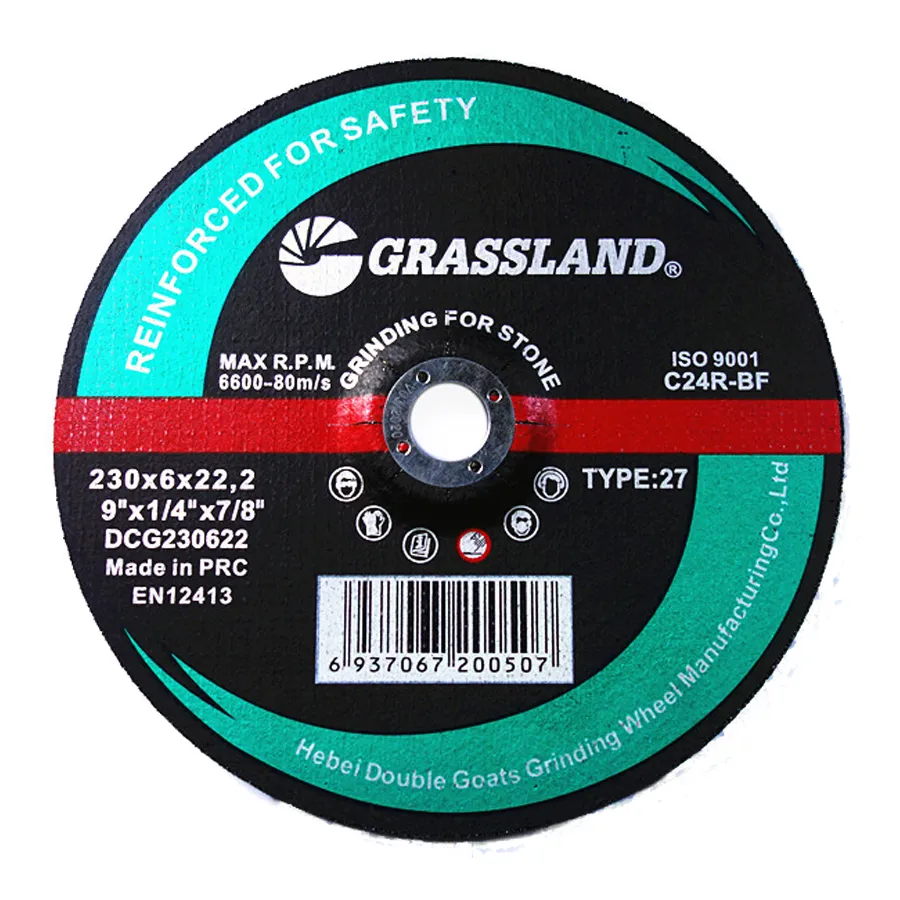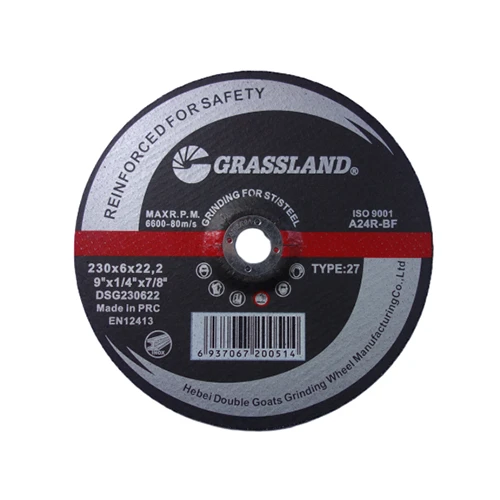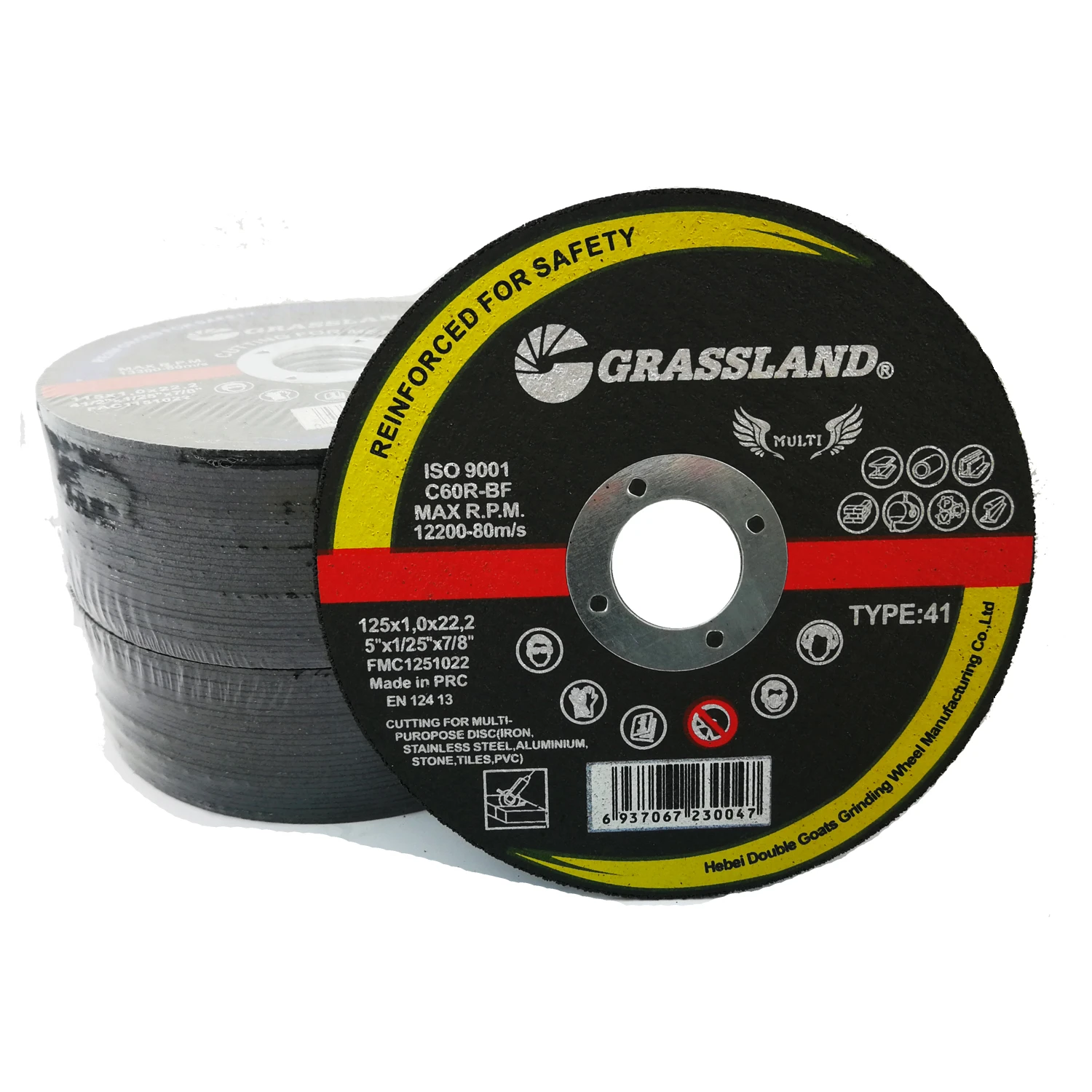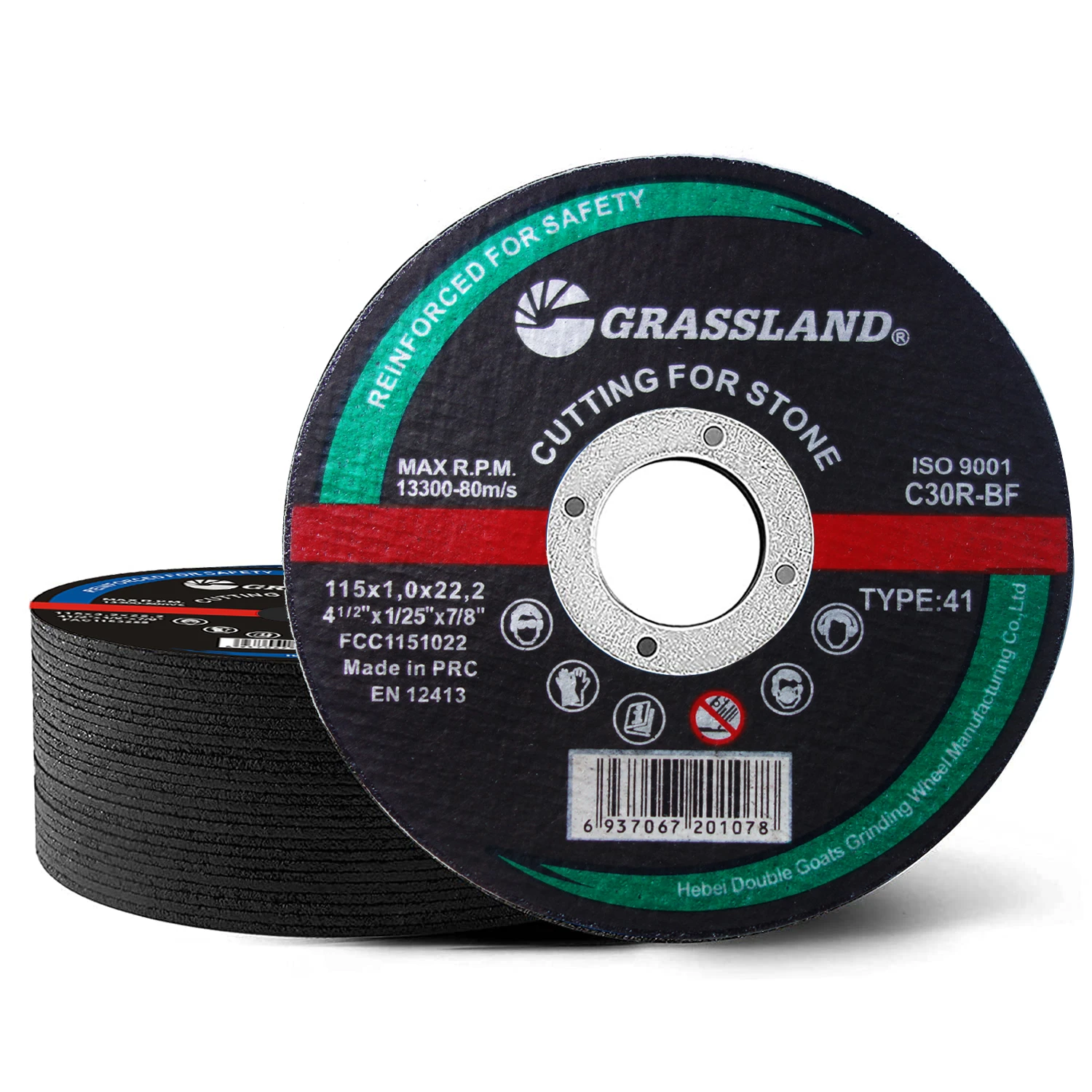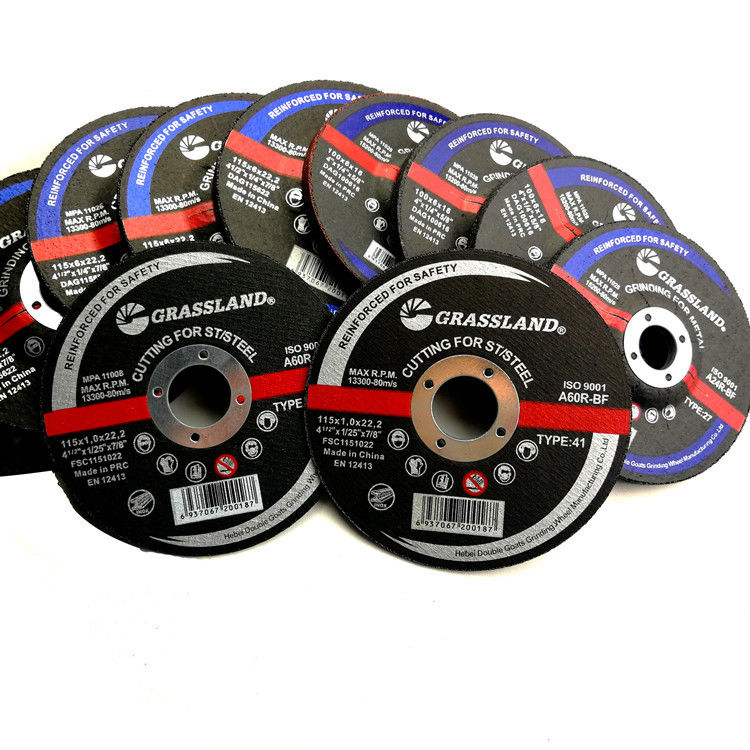Understanding the Metal Cutting Disc A Comprehensive Guide
In the realm of metalworking, one of the most essential tools is the metal cutting disc, specifically the 7-inch variety. These cutting discs, often with a thickness of about 1/8 inch, are designed to slice through various metals, ranging from soft aluminum to tougher steel and iron alloys. Understanding the features, applications, and safety precautions related to these discs can significantly enhance your metalworking projects.
What is a Metal Cutting Disc?
A metal cutting disc is a circular blade made primarily from materials like aluminum oxide or silicon carbide, which are bonded together to create a hard, abrasive surface. When mounted on a grinder or a cut-off machine, these discs rotate at high speeds, allowing users to achieve clean, precise cuts in metal materials. The 7-inch diameter offers a balance between cutting depth and control, making it a popular choice among hobbyists and professionals alike.
Applications of Metal Cutting Discs
The versatility of 7-inch metal cutting discs is one of their greatest strengths. They can be utilized in various applications, including
1. Fabrication Whether you are working on a large-scale project or small repairs, these discs are excellent for cutting metal sheets, pipes, and bars. They enable fabricators to shape metals effectively.
2. Construction Construction professionals use metal cutting discs to modify steel beams, cut rebar, and trim metal roofing materials. Their ability to handle different gauges of steel makes them invaluable on the job site.
3. Automotive In the automotive industry, these discs are commonly used for cutting through exhaust pipes, body panels, and other metal components. Their precision ensures that cuts are clean, reducing the need for additional finishing work.
Choosing the Right Disk
When selecting a 7-inch metal cutting disc, there are several factors to consider
disco de corte de metal de 7

- Material Compatibility Ensure the disc is suitable for the type of metal you’re cutting. Some discs work better on ferrous metals, while others are designed for non-ferrous materials.
- Disc Thickness Thicker discs are more durable and can handle tougher jobs, but they may also result in wider kerfs, meaning more material is removed during cutting. Thinner discs allow for faster cuts but may wear out more quickly.
- Bonding Type The bonding agent used in the manufacturing of the disc can affect performance. Resin-bonded discs typically offer a good balance of durability and performance.
Safety Precautions
Working with metal cutting discs requires adherence to specific safety measures to prevent accidents
1. Personal Protective Equipment (PPE) Always wear appropriate PPE, including safety glasses, gloves, hearing protection, and respiratory protection if working with materials that create dust.
2. Check Equipment Inspect the grinder or cutting tool before use to ensure it is in good working condition. Make sure the disc is securely mounted and free from cracks or damage.
3. Proper Technique Maintain a firm grip on the tool and ensure that you are cutting at the correct angle. Avoid excessive pressure, as this can cause the disc to break or wear out prematurely.
4. Work Environment Keep your workspace clean and free of flammable materials. Ensure adequate ventilation, especially when cutting metals that can emit harmful fumes.
Conclusion
The 7-inch metal cutting disc is an indispensable tool for anyone involved in metalworking, from professional fabricators to weekend warriors. Understanding its applications, choosing the right disc, and following necessary safety protocols can help ensure both efficiency and safety in your metal cutting tasks. By integrating these guidelines and knowledge, users can enhance their projects and achieve impressive results with precision and ease.
Post time:Dec - 18 - 2024







